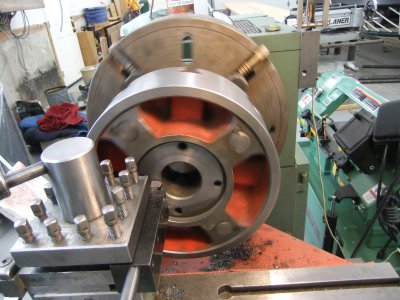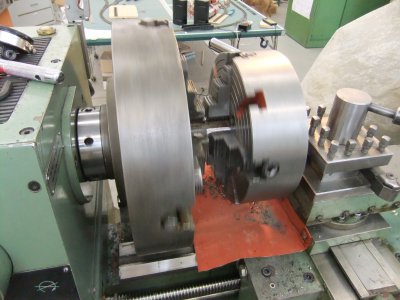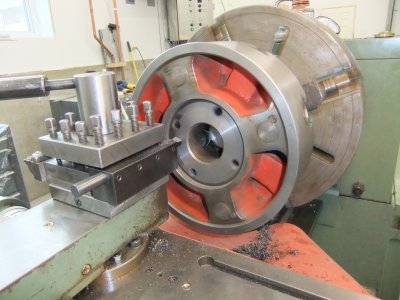- Joined
- Jul 4, 2014
- Messages
- 156
A few months ago I bought a new 6 inch 4-jaw independent jaw chuck with its mounting plate for my G4000 9x19 lathe. I mounted it properly after turning the mounting plate on the lathe. TIR was under 0.001" on the mounting plate as well as the chuck. I have been using the chuck whenever needed. I have mounted and removed the 4-jaw several times. I had not checked the TIR after the initial check. Today I checked and found it to be around 2.5 thousandths. I dont see anything else wrong with the lathe. Spindle does not show any play when I try to shake it. All gibs are properly adjusted. Any suggestions?
I dont see any runout when I mount my original 3-jaw chuck. That may confirm that my lathe is OK.
I do understand that this is a 4-jaw chuck and I can always center any object that I mount and it will overcome this runout. I am only curious to understand what changed.
Thanks
Prasad
I dont see any runout when I mount my original 3-jaw chuck. That may confirm that my lathe is OK.
I do understand that this is a 4-jaw chuck and I can always center any object that I mount and it will overcome this runout. I am only curious to understand what changed.
Thanks
Prasad



